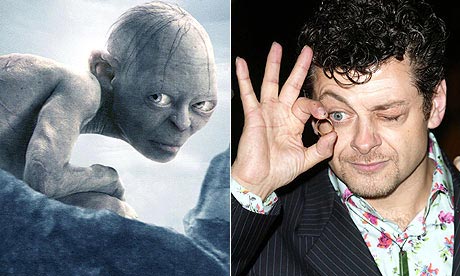|
||||||||||||||||||||||||||
|
||||||||||||||||||||||||||
|
<< Start < Prev 11 12 13 14 15 16 17 18 19 20 Next > End >> |
||||||||||||||||||||||||||
| Page 18 of 35 | ||||||||||||||||||||||||||
Press


 Armed with either an iPhone or Android, hundreds of Amsterdam residents are expected to converge on Dam Square tomorrow at 2pm for the first ever
Armed with either an iPhone or Android, hundreds of Amsterdam residents are expected to converge on Dam Square tomorrow at 2pm for the first ever 





 Ultra-creative and extremely resourceful make-up artist to the stars Tegan Taylor has been on the cutting edge of something fierce for over a decade now. Her meticulous work on the Oscar sensation
Ultra-creative and extremely resourceful make-up artist to the stars Tegan Taylor has been on the cutting edge of something fierce for over a decade now. Her meticulous work on the Oscar sensation 